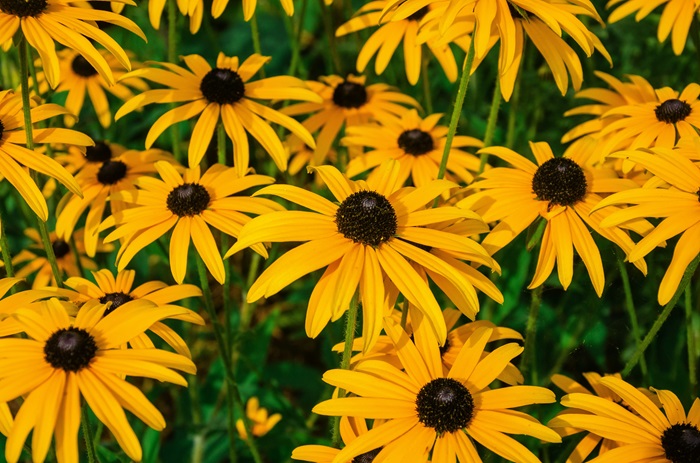How familiar are you with the differences between annual and perennial plants? If you’re a seasoned grower, you’re familiar with the differences. However, if you’re just getting into gardening, it can be difficult to distinguish between these two types of plants.

The primary distinction is that annual plants complete their life cycle in a single growing season. From seed to full bloom, this type of plant comes with spring and dies with the frost. Perennials are able to overwinter successfully and will bloom again next growing season. If you’re thinking, why bother with annuals at this point, you’re asking the logical question. If you’re guaranteed to lose your flowers once winter hits, doesn’t it make more sense to buy a flower that will live for many years?
Annuals offer several benefits that perennials do not. First, annuals have a longer blooming period than perennials and tend to have brighter, more vibrant flowers. Many annuals will bloom throughout summer while many perennials may only bloom in early summer. During the prime of a growing season, you can count on annuals to continuously brighten your garden. For some growers, color is the most important aspect of their garden, which leads them to prefer annuals.
If you’re at the stage where you just want something to grow and aren’t as concerned with your garden’s color palette, don’t immediately default to perennials. Just because they are capable of living through the winter does not mean that perennials automatically survive. Many perennials need to be trimmed and pruned between growing seasons, while annual plants are more forgiving, usually only needing the typical water, fertilizer, and sunlight required by all plants.
If you’re looking to get your bearings, here’s a quick list of five common annuals and perennials.
Annuals
Petunias: Known for their vibrant colors and sweet fragrance.
Marigolds: A classic choice for gardens, with a strong, earthy scent.
Zinnias: Available in a wide range of colors and sizes.
Cosmos: A delicate and airy annual with a long blooming period.
Sunflowers: A cheerful and iconic annual with large, golden blooms.
Perennials
Daylilies: Known for their abundant blooms and ease of care.
Peonies: A classic perennial with large, fragrant flowers.
Lavender: A popular choice for its calming fragrance and beautiful purple blooms.
Hostas: A versatile perennial with striking foliage in various shades of green, blue, and yellow.
Black-eyed Susans: A cheerful perennial with bright yellow petals and dark brown centers.
We’ll end this article with a special mention of frost cloths. Frost cloths are a special type of fabric that protects plants from frost damage during cold nights. A frost cloth isn’t magic once there’s snow on the ground and nightly temperatures are regularly in the single digits, you can’t just place a frost cloth over some seeds and expect a bountiful harvest in a month. Instead, frost cloths allow you to extend your growing period past the first frost date (and you can also begin growing before the last frost date). This is especially valuable if you’re growing vegetables, as it increases the number of harvests in the growing season. For more information on frost cloths, check out this article by ARBICO Organics.
ARBICO Organics was founded in 1979 in Arizona. Over 40 years later, ARBICO Organics continues to produce innovative means of natural biological pest control and disease management for hobbyists and professionals alike.


Comment here